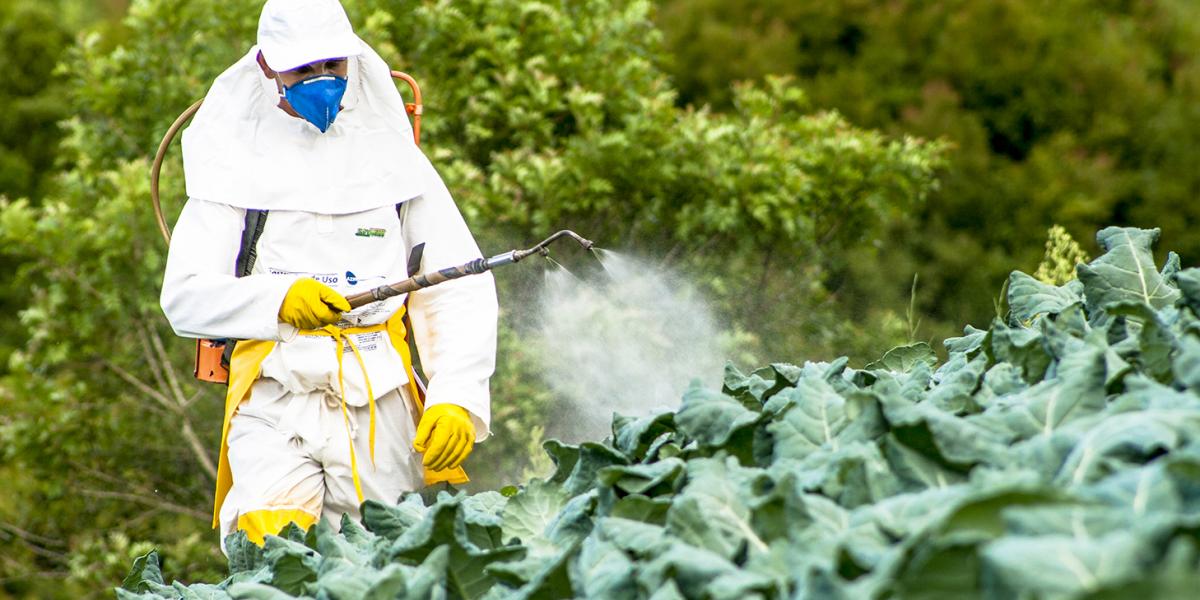You are here

The National Health Commission of China published the Notice on the Issuance of the Standard for Maximum Residue Limits for Pesticides in Food (the notice) (关于印发食品中农药最大残留限量标准的公告) on 15 August 2019. Under the notice the National Food Safety Standard - Maximum Residue Limits for Pesticides in Food (GB 2763-2019) will replace GB 2763-2016 and GB 2763.1-2018 and become effective on 15 February 2020.
GB 2763-2019 will impose maximum residual limits for 483 pesticides in various food types including grains, vegetables, fruits, meats and dairy products. Specifically, this standard will impose a total of 7,107 maximum limits on the residues of these pesticides in selected foods. This constitutes a significant increase when compared to the 4,140 maximum residual limits prescribed under GB 2763-2016.
In comparison to the previous version of this standard (GB 2763-2016 and GB 2763.1-2018), GB 2763-2019 will introduce the following major revisions:
- Revising the Acceptable Daily Intake (ADI) of 21 pesticides. For instance, the ADI for abamectin will be revised from 0.002 to 0.001 mg/kg bw (to review).
- Adding the maximum residual limits for 51 pesticides, such as 2,4-D-dimethylamine
- Revising 28 existing maximum residual limits on pesticides in foods
- Introducing 25 testing standards for determining the residual levels of pesticides in foods
- Adding 11 pesticides to the List of Pesticides Exempt from Maximum Residue Limits in Foods. As a result these pesticides will be exempt from maximum residue limits. Examples of newly added pesticides include Bacillus thuringiensis, Pseudomonas fluorescens and Bacillus subtilis.
Verisk 3E Analysis
Companies that operate in the food industry, including manufacturers and importers of food products, should note that China recently revised the National Food Safety Standard for Maximum Residue Limits for Pesticides in Food. A significant number of additional maximum residue limits for pesticides have been introduced under the revised standard. It is recommended that affected companies review the newly issued standards and ensure that proper quality control measures are in place to comply with the new standards as of 15 February 2020.

 Top
Top